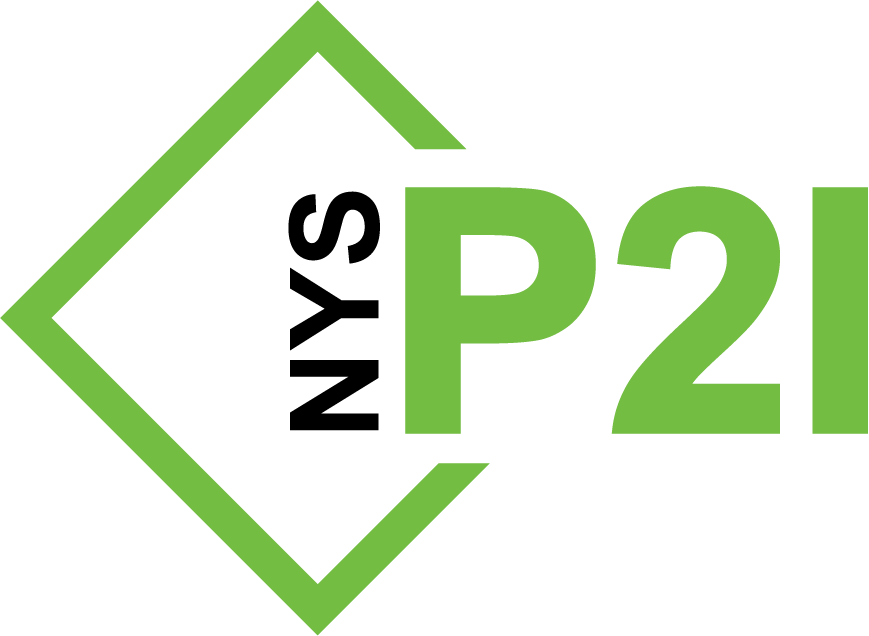The average US family of four throws away 25% food of the food they buy, costing them an estimated $1,800 per year,1 while 1 out of every 8 NY residents face food insecurity.2 That’s a lot of waste! To help address these pressing issues, SU-CSCS/EFC has developed a project titled “Save CNY Wasted Food” through the NYS Pollution Prevention Institute’s Community Grants Program. The three main components of the project include:
- Raising Public Awareness: Flyers and social media posts containing information and suggested solutions for wasted food and food insecurity will be widely distributed to CNY residents with the help of local leaders.
- Providing In-Store Education: Grocery shoppers in stores throughout CNY will be educated on wasted food issues and remedies, and will be encouraged to take a pledge to reduce the amount of food they waste at home.
- Coordinating A Live Event: CNY residents will be invited to attend a one-day event where various speakers and presenters will discuss the issues of wasted food and security, and provide live demonstrations for how to waste less food at home.
Want to be part of the solution? Here’s how you can help:
- Pledge to reduce the amount of food wasted in your home today!
Take the pledge here: https://efc.syr.edu/prevent-wasted-food-pledge - Share information about wasted food issues and solutions with your family and friends:
View and download a digital flyer here: “Save CNY Wasted Food” Flyer - Explore the links below and learn how to become a zero-wasted-food champion:
Ad Council/NRDC: http://savethefood.com/
EPA: https://www.epa.gov/recycle/reducing-wasted-food-home
NYSP2I: http://bit.ly/foodwasteinfosheet
NYSAR3: https://www.nysar3.org/page/strategies-for-residents-127.html
For more information, contact SU-CSCS/EFC Program Coordinator, Jesse Kerns, at jekerns@syr.edu and (315) 443-8488.
—
1 Bloom, (2010), American Wasteland.
2 USDA, (2017), Household Food Security in the United States in 2016.
—
Funding provided by the NYS Pollution Prevention Institute through a grant from the State of New York. Any opinions, findings, conclusions, or recommendations expressed are those of the authors and do not necessarily reflect the views of Rochester Institute of Technology and its NYS Pollution Prevention Institute or New York State.


